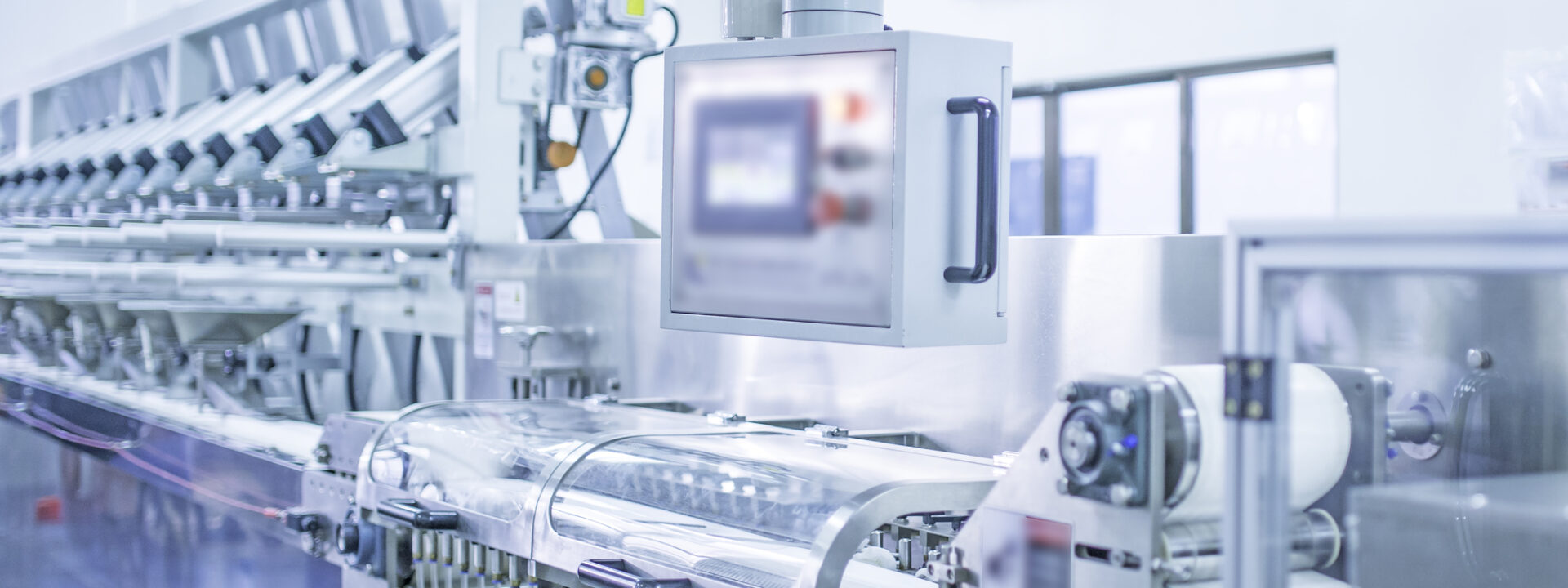By Aloka Srinivasan, Ph.D.
Principal and Managing Partner
RAAHA LLC
GDUFA III Commitment Letter describes FDA meeting opportunities for Generic sponsors. For instance, Product Development Meetings and Pre-Submission Meetings are designed to facilitate the completeness of the ANDA application, with the intent of decreasing the probability of receiving a CRL. Similarly, the Mid-Cycle Review Meetings and Enhanced Mid-Cycle Review Meetings and Post-CRL Scientific meetings are designed to improve the quality of amendments to the complete response letters targeting at least a second cycle review. There are a few unique meetings that the FDA has proposed in GDUFA
III.
- Product Specific Guidance Meetings
If a new PSG is published or revised while you are about to commence the study OR already commenced OR already completed OR your ANDA has already filed, the FDA gives an opportunity to meet with you “to bridge” between where you are with respect to studies and “what the FDA expects.” - Post Warning Letter Meetings
The FDA would like to facilitate the resolution of the WL by simply providing an opportunity to the sponsors to hear from the FDA’s preliminary feedback on the adequacy of completeness of a facilities corrective action. - Enhanced Mid-Cycle Review Cycle Meetings
The request should describe the specific deficiency(ies) to be discussed,
provided the applicant has already granted a product development meeting. - Post CRL-Scientific Meetings
- In addition to the regular post-CRL meetings, the FDA provides an opportunity to discuss:
- a new equivalence study needed to address the deficiencies in the design identified in the CRL
- an approach that is different from that submitted in the ANDA, e.g., a change in study type from in vivo to in vitro
- a new comparative use human factors study
- In addition to the regular post-CRL meetings, the FDA provides an opportunity to discuss:
- a new approach to demonstrating sameness of a complex active ingredient
All the topics listed above have tormented those in the generic industry in one way or another. These new meetings clearly illustrate how the GDUFA program has evolved as a function of time to benefit the applicants as well as FDA. These meetings provide an opportunity to exchange ideas and thoughts between the sponsor and the FDA to deepen the understanding between them and to accelerate the approval process. Needless to say, these meetings take time to culminate and thus, we should think before we take the leap of requesting meetings with the agency.
For example, a product development meeting with the FDA can take 14 days just to grant and 120 days (from grant) to conduct the meeting, let alone the time it takes internally for the sponsor to send the meeting package and receive the official meeting minutes from the FDA. For an enhanced CRL-Scientific Meeting, as a sponsor, you may want to weigh the pros and cons of asking for these meetings since. there may be additional review time required and the greatest enemy in generic development is time. Thus, look well into the options and decide if you really need a post CRL scientific meeting or if a clarification meeting will suffice. Internally, when you predict approval time to your management, factor in at least one post CRL scientific meeting and one PSG meeting in that prediction.
FDA has published a draft guidance for industry on February 2023 regarding the
product specific guidance meetings between FDA and applicants. More on that on
days to come.
GDUAF III has done a phenomenal job in trying to promote communication between the sponsors and the Agency’s relevant divisions. However, the meaningfulness of this endeavor will unravel as we move deeper into the program. As Theodore Zeldin says, “When minds meet, they don’t just exchange facts; they transform them, reshape them, draw different implications from them, engage in new trains of thought.” Let’s hope that this is the outcome of the meetings between the generic industry and FDA based on GDUFA III.
